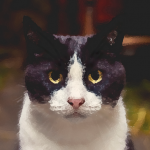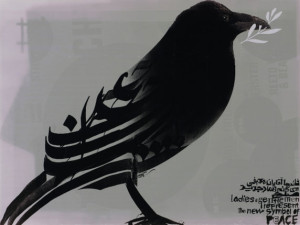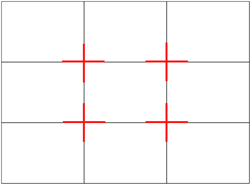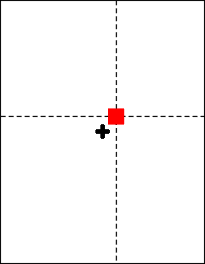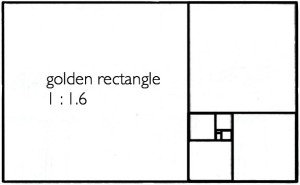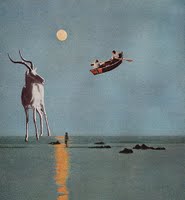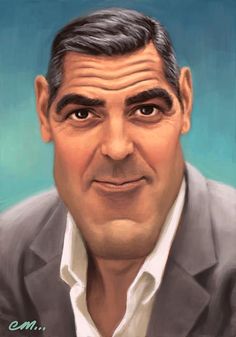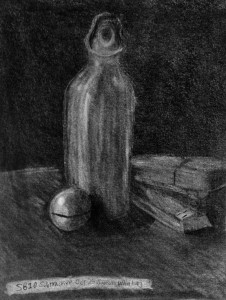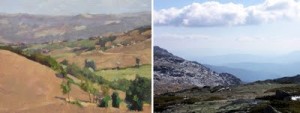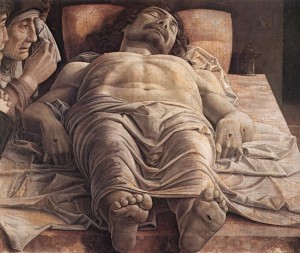Presentation on Components of an Artwork (Subject/Form/Content/Context)
3D Design
| Elements of Three-Dimensional Work | |
| Space | A continuous area or expanse surrounding or enclosed by mass (holes and cavities) |
| Form / Mass | An enclosed volume or three-dimensional body of matter making up the area of an object |
| Line | A line is the path of a point, or the connection between two points. Lines can be made on their own, or they can be created where two shapes meet. There is also “implied line,” where a line doesn’t really exist, but appears to be present. |
| Plane | A flat surface |
| Texture | Texture is the perceived look, feel, or quality of a surface. Texture can be actual (tactile) or implied. |
| Color | Human perception of different wavelengths of visible light; Component parts include hue (the name of the color; example: blue), saturation (purity or intensity of the color), value (relative lightness or darkness of the color). |
| Light / Value | The relative lightness or darkness of an area. Light and value help provide a sense of space and depth around an object. |
| Principles of Three-Dimensional Work | |
| Balance | Balance is the equalizing of the visual weight of elements. There are three types of balance: symmetrical (one half mirrors the other), asymmetrical (dissimilar items balance each other out), and radial (elements are spread out circularly from a central point) |
| Repetition / Rhythm | Repetition is a repeating visual element (line, shape, pattern, texture, movement), and rhythm is its flowing and regular occurrence. Both repetition and rhythm are often found in patterns. |
| Focus / Emphasis | The focus or emphasis is the object or element which first catches our attention. Contrast in elements is one of the most common ways to create focus. |
| Unity / Harmony | Unity or harmony is the visually satisfying effect of combining similar, related elements to create a sense of oneness, wholeness, or order in a work of art. |
| Scale / Proportion | Scale is the overall size of something. Proportion is the relative size of objects within a work. For example, a caricature exaggerates the proportion of one or more facial features, while installations in sculpture gardens often have a very large scale. |
| Contrast / Variety | Contrast is the relative difference between two or more elements. Variety is the relative diversity and change throughout a piece. |
| Movement / Hierarchy | Movement is the visual path our eye follows. Hierarchy is a manipulation of elements to create movement through a work. |
2D Design
ELEMENTS:
| Line | A line is the path of a point, or the connection between two points. Lines can be made on their own, or they can be created where two shapes meet. There is also “implied line,” where a line doesn’t really exist, but appears to be present. The way we treat our lines establishes a particular/dominant mood or emotion. |
| Shape / Space | Shape is a perceivable area (think silhouette). Shapes can be created by lines or by color or value changes that define edges. The shape itself is the positive space, and the space around the shape is the negative space. |
| Value / Tone | Value or tone is the relative lightness or darkness of an area. |
| Texture | Texture is the perceived look, feel, or quality of a surface. Texture can be actual or implied. |
| Color | Human perception of different wavelengths of visible light; Component parts include hue (the name of the color; example: blue), saturation (purity or intensity of the color), value (relative lightness or darkness of the color). [NOTE: we won’t use color in Beginning Drawing.] |
PRINCIPLES:
| Balance | Balance is the equalizing of the visual weight of elements. There are three types of balance: symmetrical (one half mirrors the other), asymmetrical (dissimilar items balance each other out), and radial (elements are spread out from a central point.
Symmetrical = dividing a composition into two equal halves with seemingly identical elements on each side. |
| Repetition / Rhythm | Repetition is a repeating visual element (line, shape, pattern, texture, movement), and rhythm is its flowing and regular occurrence. A subcategory of repetition is pattern. 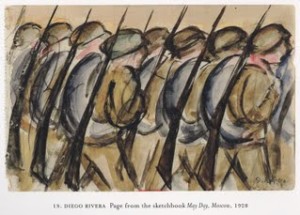
|
| Focus / Emphasis | The focus or emphasis is the object or element which first catches our attention.
|
| Unity / Harmony | Unity or harmony is the visually satisfying effect of combining similar, related elements. |
| Scale / Proportion | Scale is the overall size of something. Proportion is the relative size of objects within a work. For example, a caricature exaggerates the proportion of one or more facial features. |
| Contrast | Contrast is the relative difference between elements. Bright vs Dark. Heavy vs Light, Rough vs Soft, etc. The greater the difference between light and dark areas, the more attention the area attracts. |
| Movement / Hierarchy | Movement is the visual path our eye follows. Hierarchy is a manipulation of elements to create movement through a work. |
4D Design
Elements and Principles of 4D Art and Design, by Ellen Mueller (Oxford University Press, 2016).
